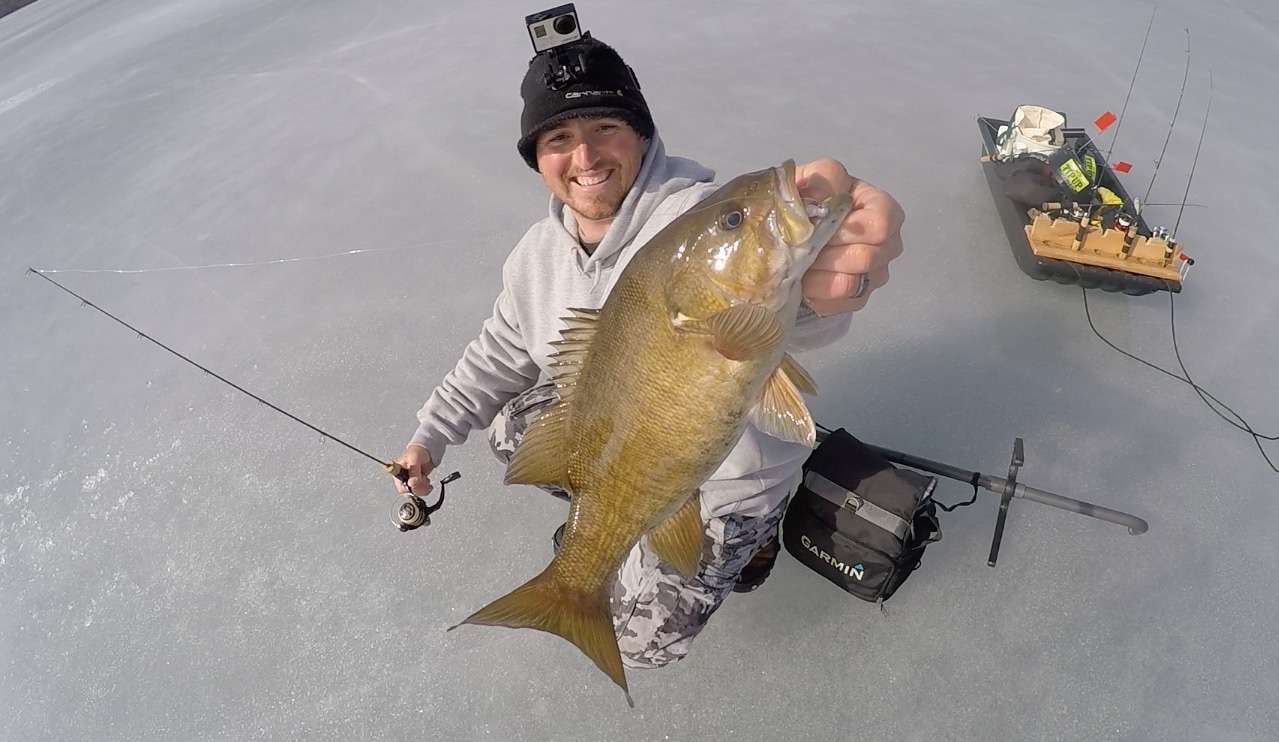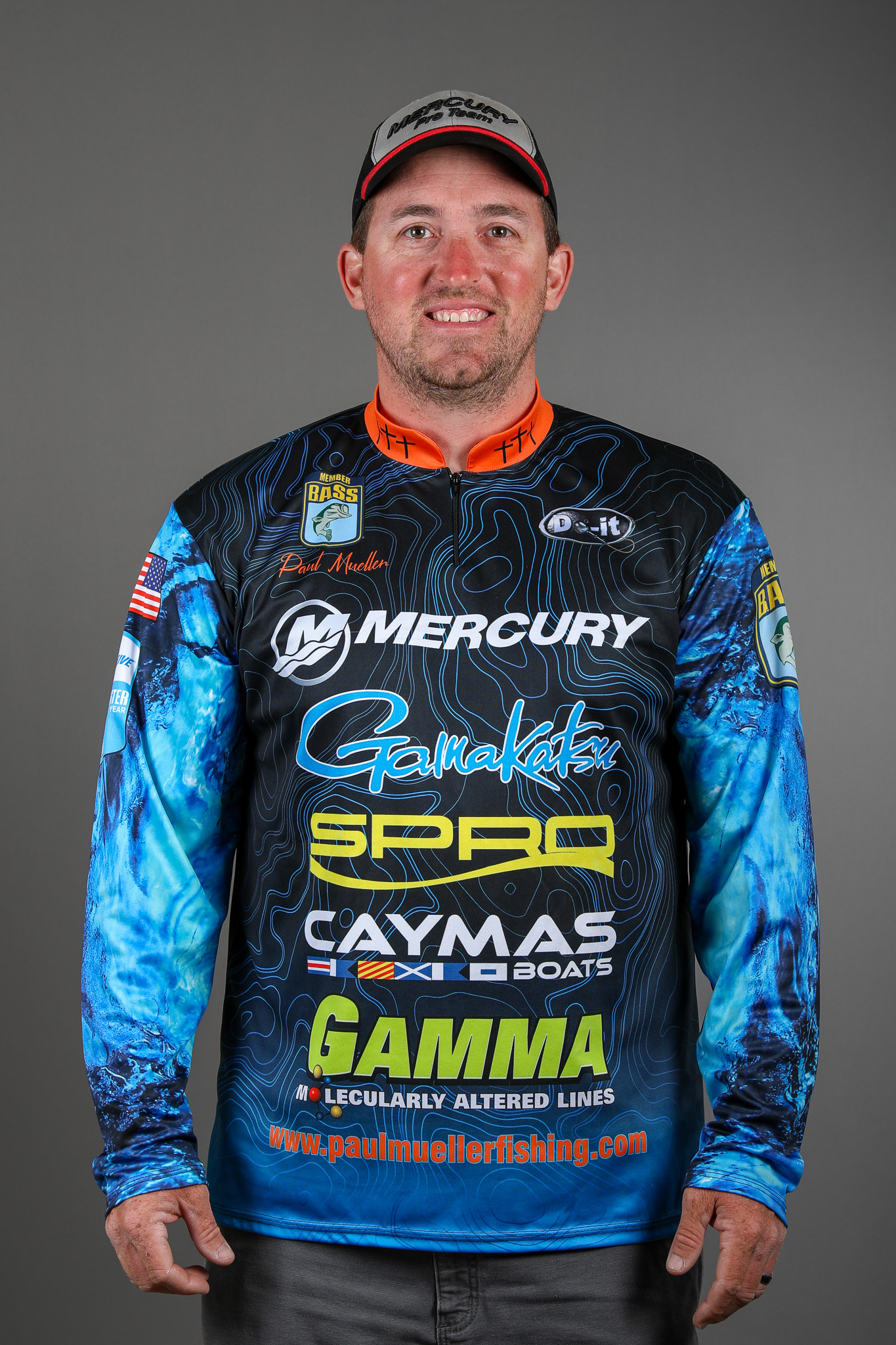
The end is coming. Open water season is coming to an end up north. Day by day lakes are forming an ice canopy that will be here to stay for the next few months. As an avid multi-species angler like myself, this isn’t a time to pack up the rods and get in a tree stand, but rather it’s a time to learn a little more and catch anything that bites.
As a passionate angler and guide, I’m on the water daily. Whether it’s a quick trip or an all-day affair, I’m dumping my boat in every chance I get because I know those days are numbered. I will fish until the bitter end of open water season. I love ice fishing though and am excited to hit the hard water and use some new technology I’ve never been able to use on ice, like Garmin’s Live Scope Panoptix system.
New techniques
I said winter fishing makes me better, and it does so in many ways. One way is experimentation with different techniques and rigs that I maybe wouldn’t consider trying if I wasn’t fishing daily and in the bitter cold. One of those new techniques and rigs I use is the Freestyle Rig. I call it the freestyle rig because you can fish it at any depth of the water column. It’s the best technique that I know of for suspended fish, and it’s deadly for cold water fishing when fish are hugging the bottom. It stems from ice fishing and the more that I’ve used it, the more applications that I find for it throughout the seasons.
One example: I was perch fishing in the summer along a deep weed line with a 3-inch Reins Bubbling Shaker rigged on a 1/13-ounce Zappu Cocho tungsten jig head with 5-pound fluorocarbon. I started catching smallmouth in the 4-pound class. I was casting it to the outside edge of the grass, counting it down six seconds and then shaking the rod while the bait slowly would pendulum back to the boat. The weather conditions were good for perch but not for smallmouth that day. Bright skies and no wind tend to make smallmouth suspend around those grass edges and are very spooky when the conditions are like that. After that day, I realized that this technique cleans up in tough conditions. I believe in this Freestyle technique so much that I had Do-It Molds make a mold so I can pour my own jig heads for it.
Working on certain techniques or scenarios on one species of fish can certainly transfer to the world of bass fishing. If you want to work on how to catch suspended bass, you can hone that skill on a suspended school of crappie. I really enjoy doing that, and there isn’t a better time of year to practice that than up north before the ice sets in.
Understanding your electronics
New technology arises so frequently in the electronics realm. As soon as you think it’s as good as it gets, there will be a new feature that will help you even more on the water. This is one aspect that I really enjoy. Fishing as frequently as I do allows me to learn as much as possible with my Garmin electronics. I don’t care what season it is, the more you use your electronics the better you are with them.
The same principle goes for ice fishing. You may not be positioning a boat on a spot, but you’re letting the graphs tell you what’s going on, and you’re capitalizing through a hole in the ice. If you follow me on social media, you may wonder how I know if those are crappie or those are perch or bass in the screenshots I post. It’s because I caught fish out of each of those schools. Electronics are so good these days that you can tell species as soon as you see them on the graph. Each species will school differently, and you can interpret what they are by how they group up. With Garmin’s Live Scope Panoptix, it helps take your understanding to another level as you figure out how to catch the fish you are seeing.

